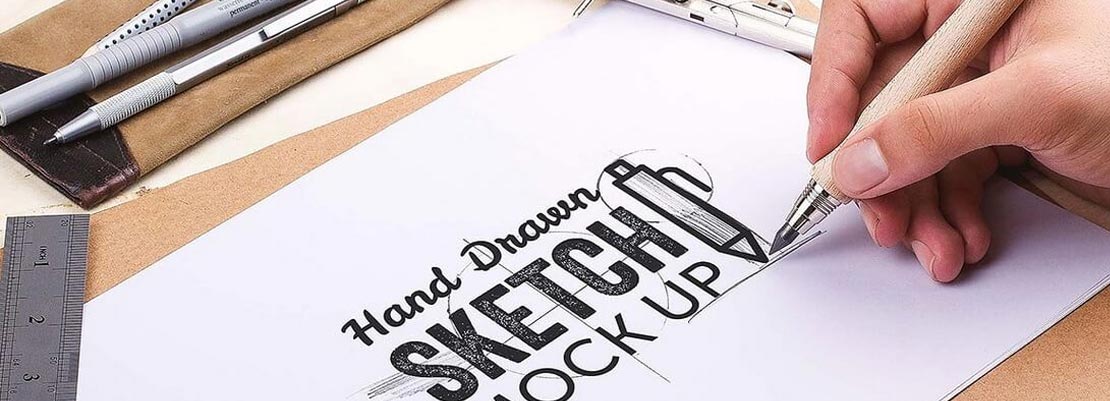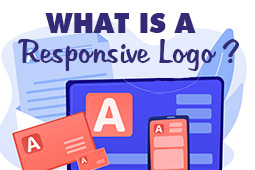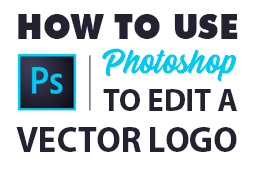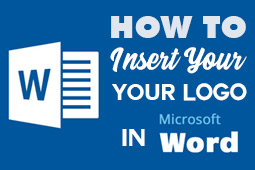What is a vector file ?
You may have heard of the formats EPS, SVG, AI… But for most of use, these formats don’t mean much. If you have no idea what these type of formats are, you’re not the only one. Vector files are very important to have. When receiving files from a graphics designer you should always ask for a vector file. Understanding the difference between a vector file and a raster file is very crucial. Printers, developers and graphic designers will need them for branding purposes.
Start designing your logo
First of all lets see the difference between Vector and Raster files
Most people are confused about using the term 'raster' or 'vector.' They even often search for the word, Raster vs Vector Image Format. So, what's the difference between the two?
RASTER
Raster files use thousands of pixels to build an image. Each pixel has a colour. These pixels are put together like a jigsaw puzzle to create your image/ logo. Common files which use Raster images are JPG, GIF and PNG files.
Once a Raster image has been generated it cannot be resized. When you resize a raster image, each pixel is equally resized and becomes fuzzier as you increase in size. Thus creating that blurry, fuzzy effect around the image that you’ve probably experienced before. Each pixel becomes warped out of shape and makes the picture unclear. This is why you have to make sure that you get the highest of qualities to start off so that you do not have any issues. Down scaling your image won’t effect the quality of your raster file, increasing it above it’s original size will.
VECTOR
Vector files are much more flexible and rely on mathematical equations that generate files upon rescaling in order to allow a flawless image quality. Vector files are most commonly used with graphic designers. Most commonly with the software from Adobe Illustrator, which specialises in vector work. Your logo and all other branding items should be designed in vector formats. Given that a vector file is very flexible with resizing, branding elements like your logo can be rescaled to fit supports of any size without losing image quality. The other good thing about vector file is that they can be converted to JPG and PNG formats very easily for usage on the web so you get the best of both worlds. For those of you who need to make adjustments to your logo.
What’s the difference between high and low resolution
High resolution images are commonly used in printed stationary products such as letterheads, business cards, signs, etc.. Low resolution files are used on the web for things like websites, banners, social network profile pictures, etc… In order to determine the resolution of your image/ file, you have to verify the pixel density. Usually refered to as DPI (Dots per inch) or PPI (pixels per inch), these measures tell you the density of the image. You can usually check by right clicking on the image and going in « information » or opening the file in Adobe photoshop. Required pixel density for a quality image on the web is 72dpi and 300dpi for printing. Resizing a 72dpi web file for printing purposes will be disastrous. As mentioned above, the more you stretch and resize pixels, the blurrier your picture gets. This is why it is strongly advised to start with a high resolution 300dpi file and work your way down to a web 72dpi format. Make sure you save two distinct files, one for print and one for web.

What are the different file formats
Raster formats
Jpg
Jpg is the most common file for photos. Jpg files can be optimized to lower the file weight (Kb). Some websites require highly optimized images to run faster. Optimizing can be done through photoshop. The more you optimize your JPG file the more the quality decreases. This can often result in grainy kind of pictures.
PNG
PNG files are like JPG files although they cannot be optimized like the JPG file which makes them much larger in size. The particularity of PNG files is that they can have transparent backgrounds. PNG files are very useful if you want to place your image over a textured or coloured background.
GIF
GIF files are the simplest version of a raster file that you can find. They are especially used these days in looped animations that can be created with photoshop. GIFs are great file formats for icons and very simple graphic elements but are not to be used for pictures.
Vector formats
EPS
The EPS file is most commonly used for vector elements such are icons. The advantage of the EPS file is that it is usually compatible with recent and old versions of illustrator. It is a highly compatible format.
Ai
Ai files are files that are made to be used by Adobe Illustrator (software). These files are commonly used by graphic designers, logo designers, illustrators, printers… Ai files only fonction with illustrator, so you may not need them if you are not using that program.
SVG
SVG files are vector file formats for the web. If you want to create an animation on your site where your logo is enlarged for example, you have to use this format in order for it to remain high quality and sharp. SVG files are great for logos, icons, buttons…
In conclusion, whether you design your logo with a logo maker, a design agency or through a logo design contest, make sure that you have the right files and the right resolution. Vector files are indispensible and will be asked of you by graphic designers, printers, etc… High resolution files for printing are important as well as low resolution files for the web. Logogenie delivers premium all in one logo package with all the files mentioned above, you won’t have to run around or pay extra to obtain these files.






